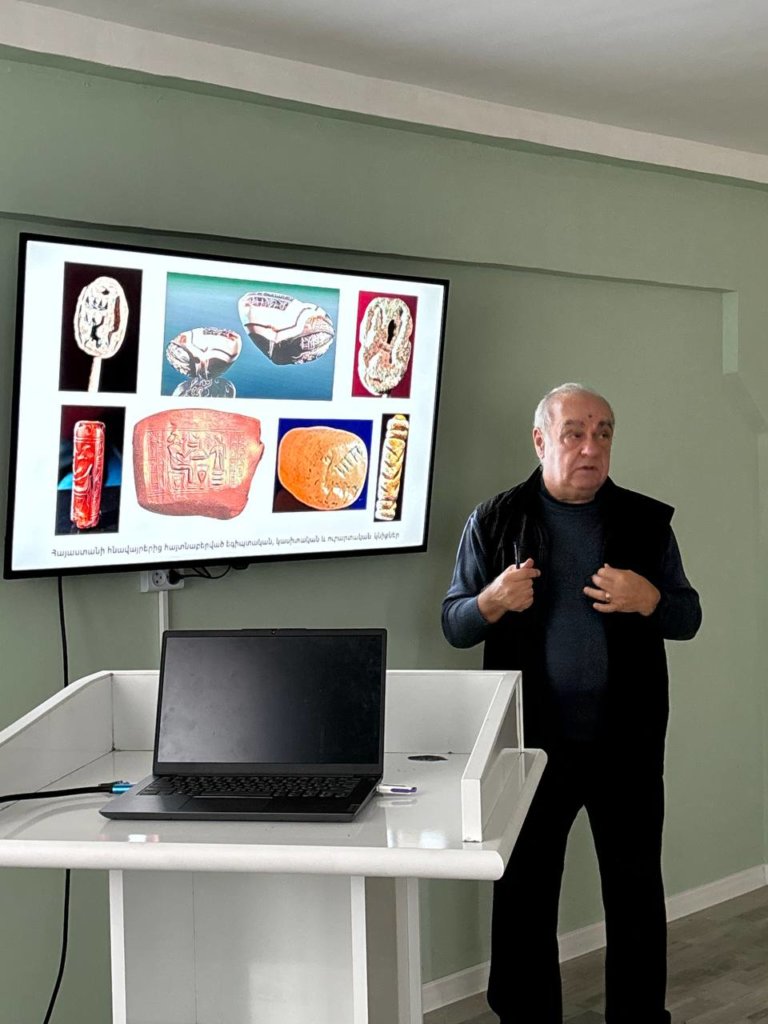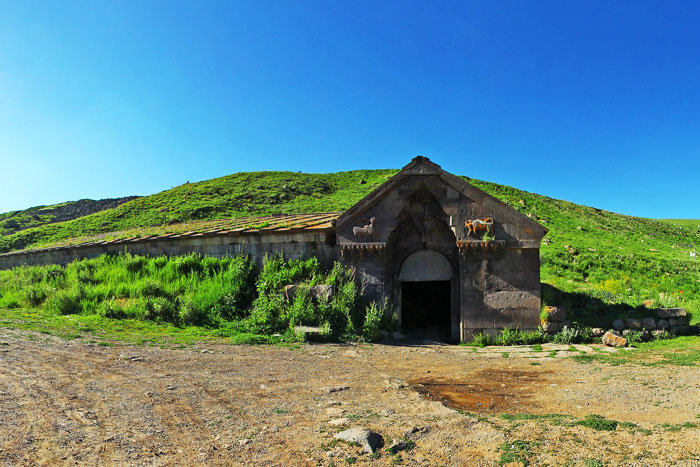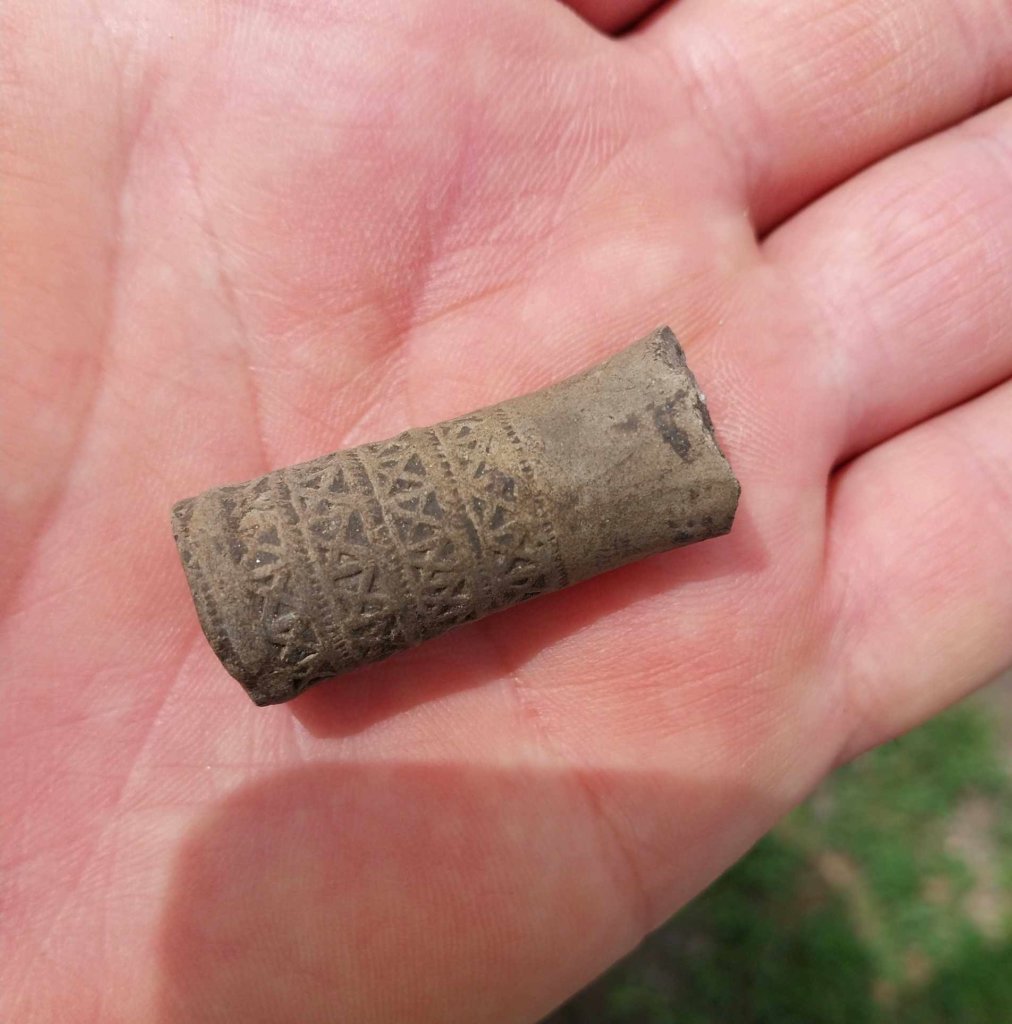Relating to period of the kingdom Van (Urartu) material values were cleaned, restored at “Protection Service” NSCO`s restoration laboratory, which have been accidentally discovered at Gegharqunik region. By their form and proportion method are really important equally expanding trunk, rim red polished jug-cup, with corrugated bottom unique kreghane, two spherical large stones, animal vertebrae bones made of engraved inserts, metal needle with bronze shikghe, probably served nighstones tree rectangular part of the beads, liny grains of iron daggers and spears balances and so on.
“Protection Service” NCSO`s Deputy Director on Scientific Afairs, Doctor of Historical Sciences Ashot Piliposyan thinks that the archaeological material investigated now is truly unique and dates back to BC 7th century.
“From Lore museum of Gavar called and said that during construction, villagers accidentally discovered archaeological material, but due to lack of funds it was unable to bring important findings. We went to explore the area and really a mausoleum of Urartu period was opened at Gavar`s Hatsarat district. According to Ashot Piliposyan, after negotiations, the archeological findings appeared at “Protection Service” NSCO`s non-recovery lab. Here all the material will be cleaned, restored and will be showed at Metsamor historical museum`s permanent display in the selection of Urartu period(also will be marked who these exceptional material hand to NSCO).
“There are exceptional examples of clay pieces such I have never met. We will try to recover very quickly, during 2 or 3 months. There are also covered with layers of calcareous sediments and soils and are in urgent need of cleaning. As for iron shatter weapons, unfortunately, they are in bad condition now, look bigger from their natural size, they need to be thoroughly cleaned and if it will be possible to bring them to primary look” says head of organization`s restoration department Tigran Zakaryan.
According to Ashot Piliposyan, it is interesting anthropological material, which was accidentally scattered while opening, but residents collect and provide the NCSO. Now the material is explored by anthropologist of NSCO, Hasmik Simonyan. “Bones of human and animal were found, of course, not complete. By now it looks like there are 5 adult human bones, 4 of them are men. It is clear that these men have had a spinal disease. Restoration work began on the bones, they are connected to each other in order to determine the height of the men, the restoration of the skull will be followed, which is the most difficult, because the skull bones are shattered. The skull collection will show how the man died, beheaded, or due to injury, during any conflict or war”.
Complicated and responsible work of Hasmik Simonyan will give chance to get important information too, it was able to find out sex and age of person, it will be possible to find out what dental diseases they had, which will give great deal of information, what they ate or whether the famine was taken or not.
“Based on Hasmik Simonyan`s survey, 5 people were buried in the tomb, who is the central is hard to say, because the initial position of skeletobs is irrevocably damaged. However, the tomb containing is very interesting and refer to the last phase of military and political history of Van Kingdom( Urartu, BC 7th century). Urartains settled in for a long time and funerals of high-ranking people were conducted” adds Mr. Piliposyan.







